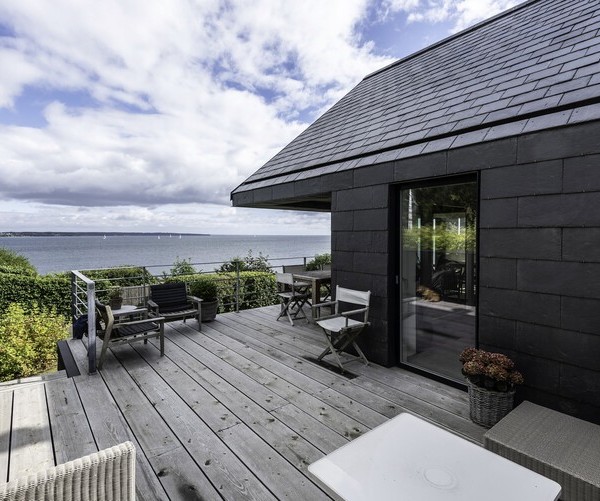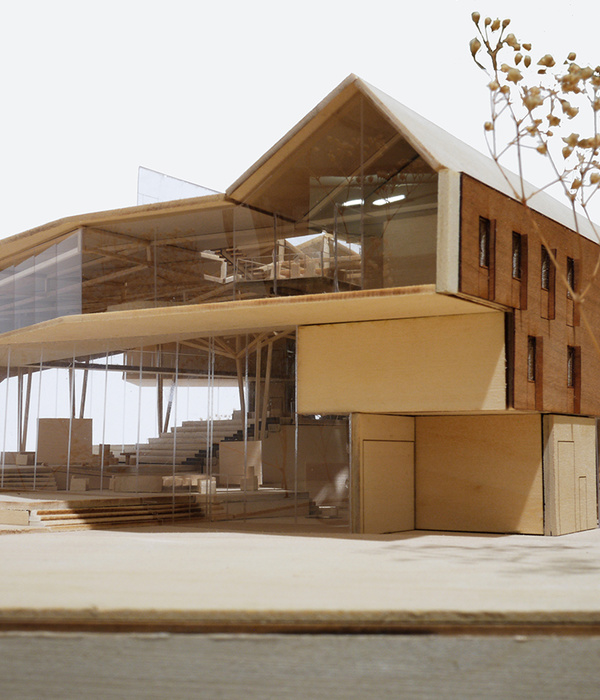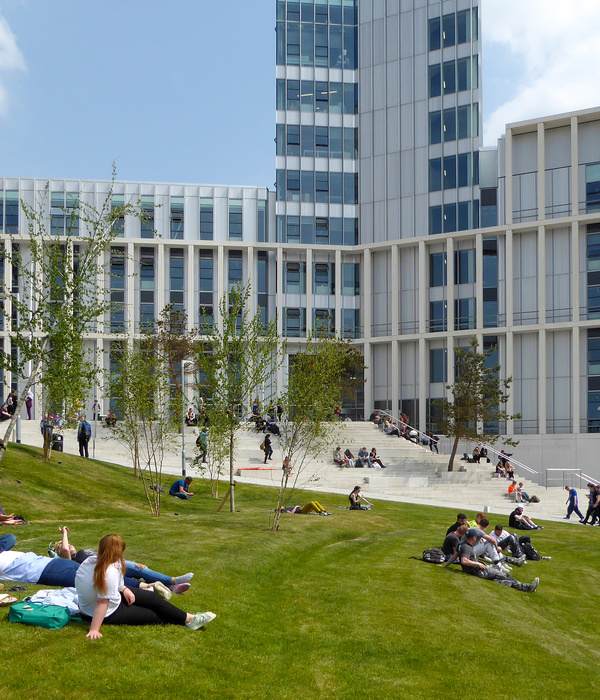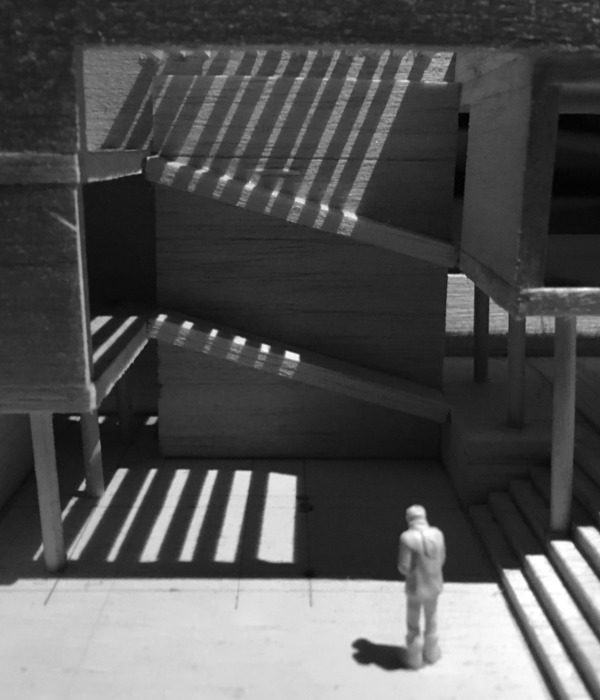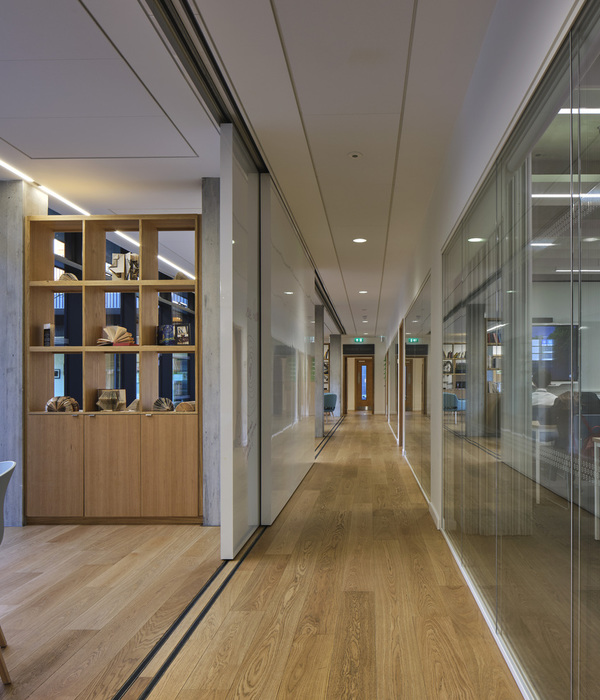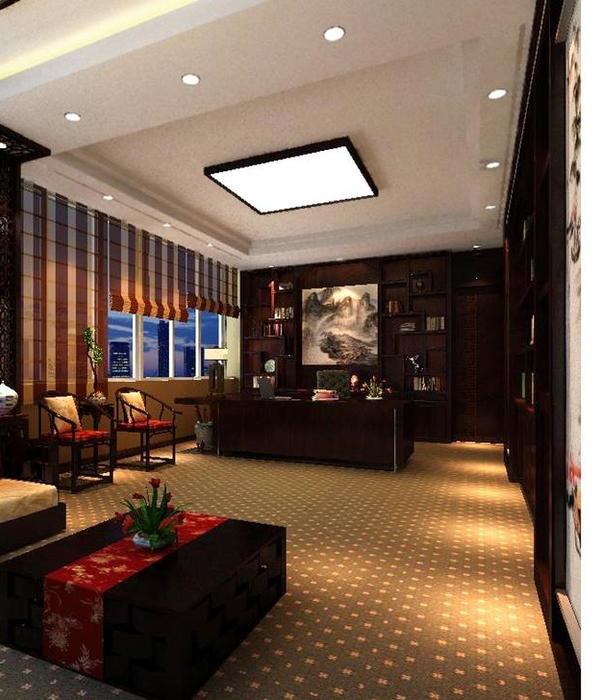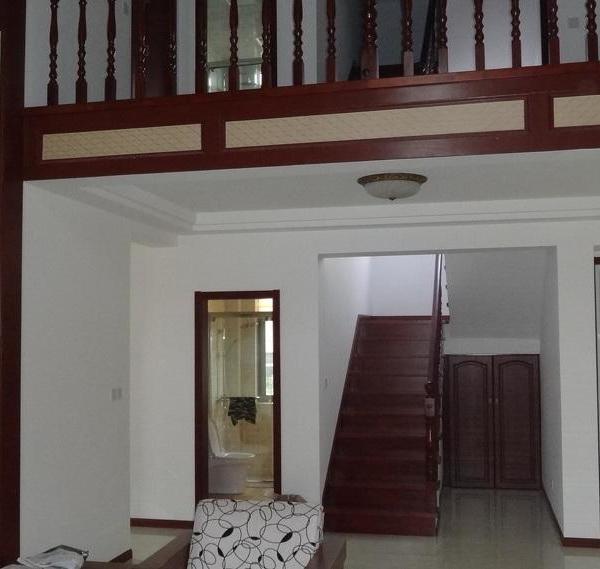智利大地上的雕塑传奇 | Federico Assler 的户外创作
Chilean artist Federico Assler is a master builder of monuments with a common purpose, as featured in the April 2021 issue of Wallpaper*
Sculptural works, in Federico Assler’s signature off-black and earthy red hues, inside his Cajón del Maipo studio, which is in the process of becoming a foundation and museum

Federico Assler’s monumental concrete sculptures may have made him a fixture on the Chilean art scene, but don’t call him a sculptor. ‘I’m a constructor,’ he offers instead, speaking on the phone from his home in Cajón del Maipo, south-east of Santiago and flanked by the Andean mountains. ‘I believe that art – any form of art – is a construction.’
Born in Santiago in 1929, the artist didn’t last long at the international school chosen by his parents, who were of German and British origin. ‘I was a very bad student,’ says the nonagenarian in a soft English accent before switching to Spanish: ‘Me echavan! [They kicked me out!]’ he laughs. His first job was as a technical illustrator at one of Chile’s largest furniture manufacturers, which was then innovating with wood as a result of steel shortages caused by the Second World War. Eager to see the world, he quit after six months and travelled to Italy by way of Argentina, with nothing but a few pesos and a sleeping bag.
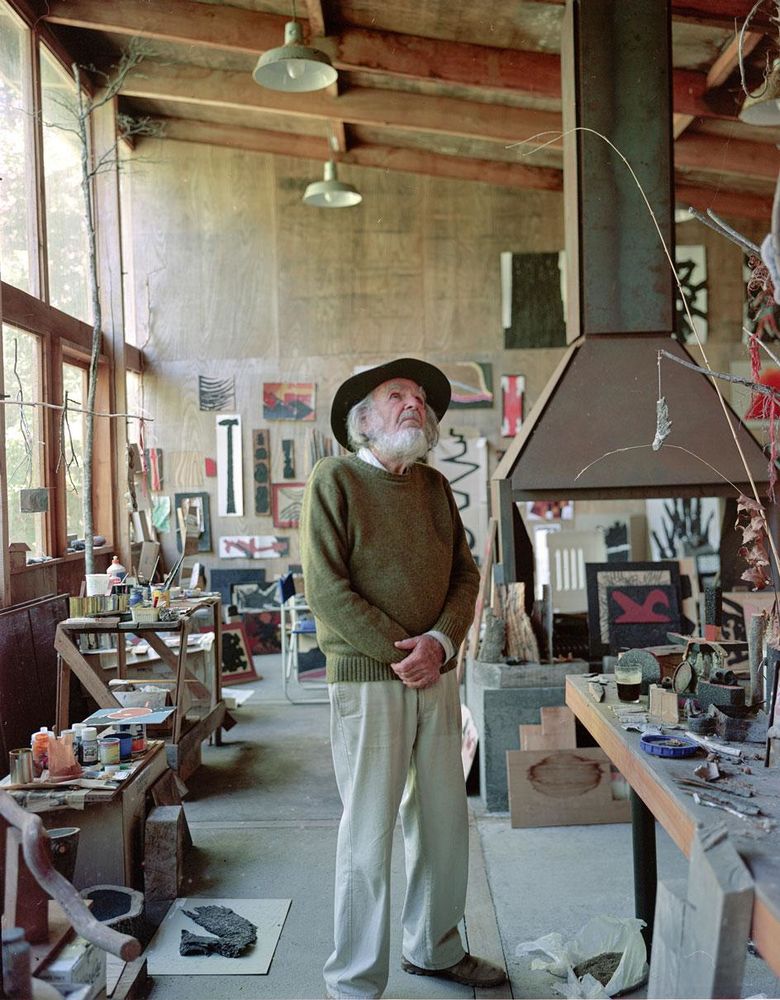
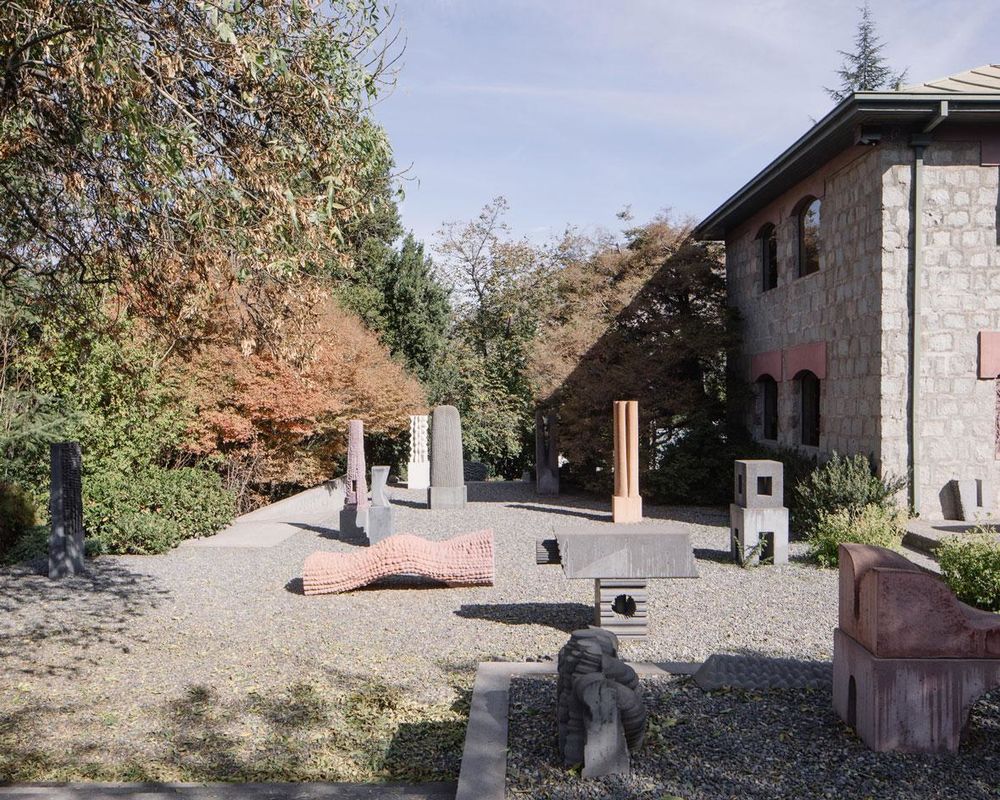
Above: Federico Assler photographed last year with some of his artworks at his workshop in Kawelluco, in Pucón, central Chile, which was designed by Santiago-based architect Cazú Zegers in 2017. Below: sculptural works outside the artist’s Cajón del Maipo studio
Two years later, in 1954, he returned to Chile, still intoxicated by the wonders of the Florentine High Renaissance, and enrolled at the Catholic University of Valparaíso’s School of Architecture, on the Pacific coast. Soon after, much to his engineer father’s chagrin, he transferred to the School of Fine Arts’ painting department, in nearby Viña del Mar, where he was mentored by German artist Hans Soyka.
As a painter, Assler emerged from the 1950s Grupo Rectángulo; a movement of Chilean artists, including Ramón Vergara Grez and Elsa Bolívar, whose geometrical abstraction shifted the country’s then-dominant figurative paradigm. It took Assler another 12 years – and about as many international biennials, from Paris to São Paulo – to finally turn his attention to sculpture. ‘I was very interested in nature,’ the artist remembers of that period, which also involved a stint as director of the Museo de Arte Contemporáneo de la Universidad de Chile, from 1965 to 1968.
Assler’s greatest project remains unrealised: a sculpture, rising in the middle of the arid Andean plateau, like the vestige of an ancient civilisation
‘I abandoned painting because I felt it necessary to take the work out of the studio.’ After experimenting with chipboard – likely inspired by his factory days – his aha-moment came in 1970 when he discovered concrete, a material best suited to the outdoors.

His now-signature technique consists of assembling polystyrene moulds – based on preliminary sketches and sculpted with hot wires – which he then fills with a mixture of concrete and powder pigments. ‘I need the colours,’ he says. The resulting organically shaped casts, which range from off-black hues to earthy reds and light creams, have since graced parks and plazas from Tenerife to Santiago. ‘I’ve always wanted sculptures to go to the city, to the street, not the museum,’ insists Assler. He moved to Spain in 1972 (soon before Pinochet assumed power in Chile) and spent much of the following decade based near Madrid, where he became acquainted with Spanish contemporaries like the late Basque sculptor Eduardo Chillida, best known for his colossal steel installations. ‘Encountering a historical work on the street forces you to think.’
His greatest influence, however, is Henry Moore, his ‘spiritual father’. The Chilean artist was only 22 when he stumbled across a reclining bronze – ‘una maravilla!’ – at the 1951 Festival of Britain, whose combined celebration of art, architecture and industrial design inspired the nascent British ‘constructionist’ movement (its terminology appears to have stuck with the young Assler). In 1991, while teaching at Brighton Polytechnic (now part of the University of Brighton), Assler was invited to create a new work for the Yorkshire Sculpture Park, near Wakefield and close to where Moore grew up in Castleford.

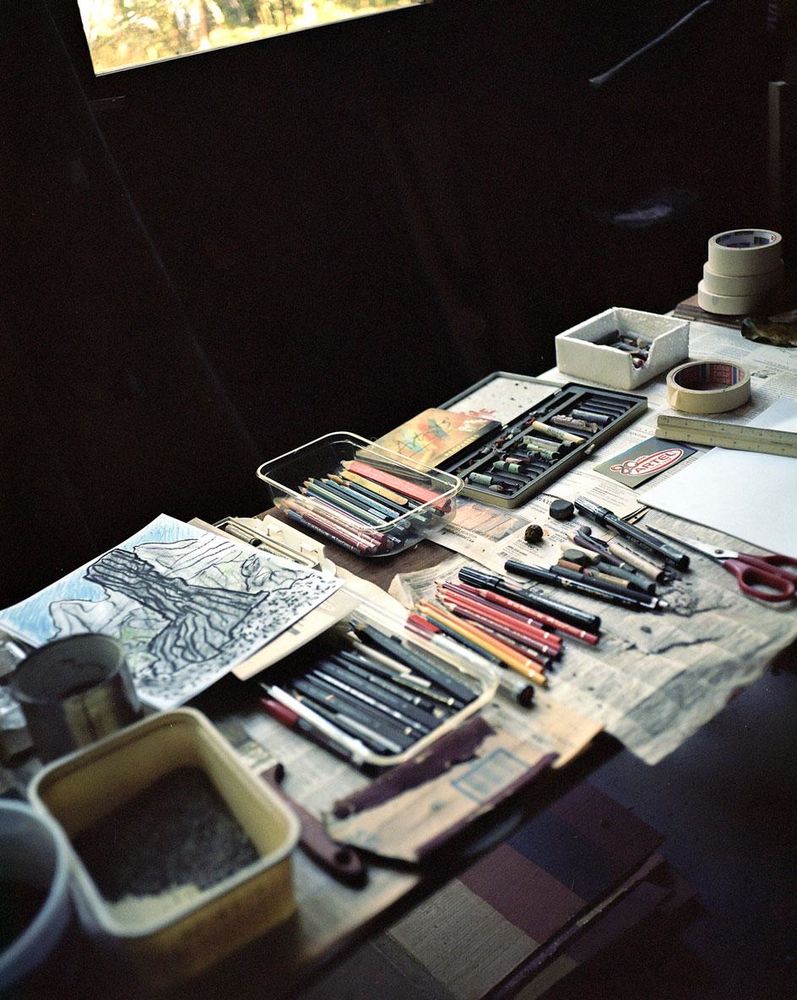
There, he erected two concrete figures, nearly 5m tall and reminiscent of crooked tree trunks standing opposite one another: ‘The only sculpture to emerge from the ground,’ he says, confessing that it required moving a work by Barbara Hepworth. Curator Clare Lilley remembers this moment fondly: ‘It was extraordinary to watch Federico work with such intensity and skill. For many years, this extremely handsome sculpture reminded people of sunrise and sunset, and it was enjoyed by hundreds of thousands of visitors.’
Assler received the Chilean National Prize for Plastic Arts in 2009 in recognition of his career achievement (it has since been awarded to artist Alfredo Jaar and photographer Paz Errázuriz, among others). Today, the 91-year-old is still at work, commuting between his 5,000 sq m studio, Roca Negra, in Cajón del Maipo – set to become a foundation and museum, displaying some 400 works – and his workshop in the town of Pucón, in central Chile’s Lake District, overlooked by the snow-capped Villarrica volcano. He is currently developing a sculptural addition to the Cerro Dominador solar power plant, located in the northern region of Antofagasta, in the Atacama Desert – one of the driest places on Earth. Part of Chile’s national renewable energy programme, and estimated to have cost $1bn, the plant is unique to South America. ‘There’s nothing quite like it,’ the artist enthuses. His contribution consists of a concrete sculptural diptych made of an 8m-tall grey column and a 3m x 3m red-toned circular shape, which will be housed at the site’s observation tower.
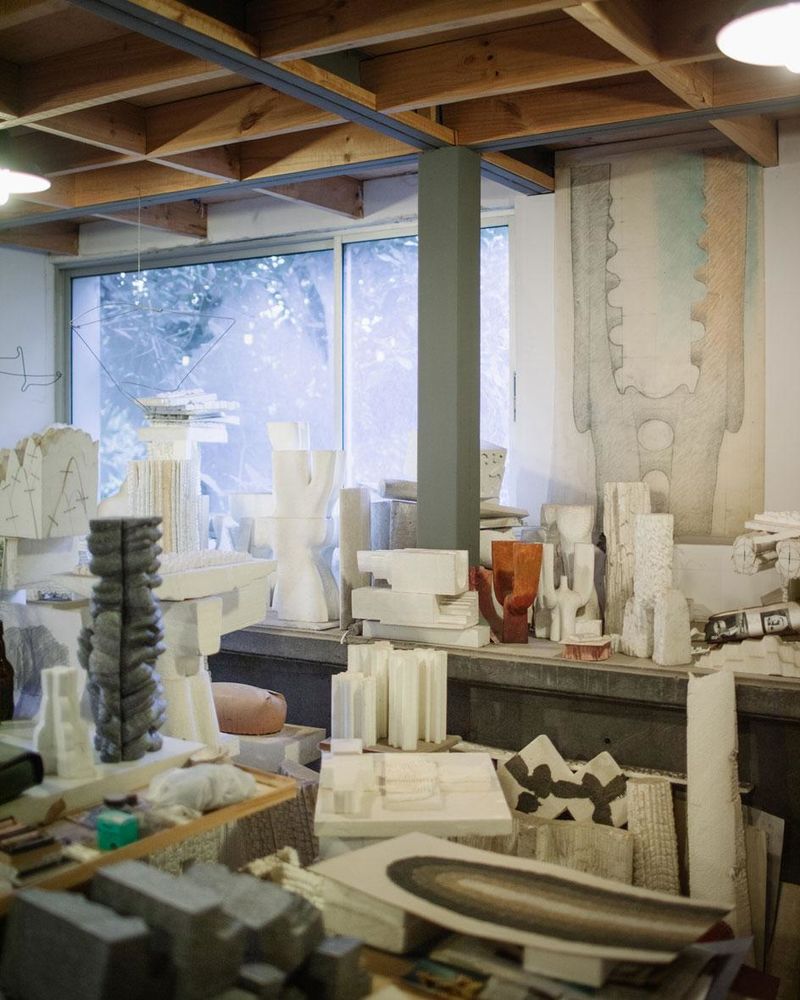
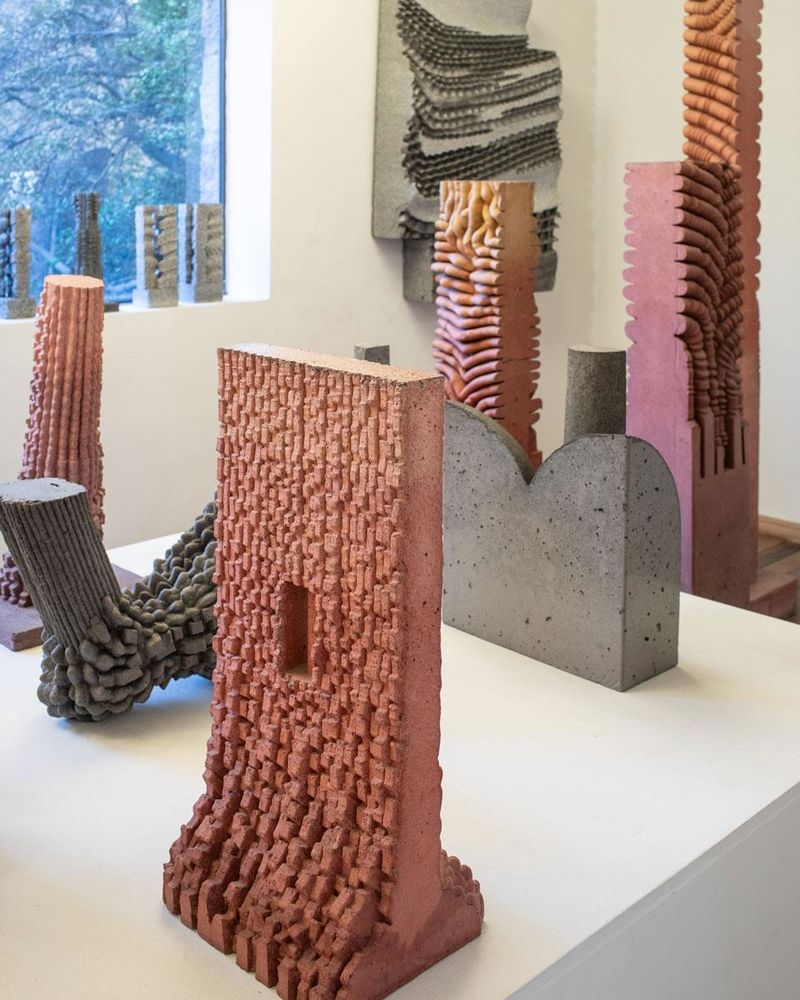
For Assler, working in the desert is a dream come true. But his greatest project, however modest, remains unrealised: a sculpture, rising in the middle of the arid Andean plateau, ‘where there’s absolutely nothing’, like the vestige of an ancient civilisation. ‘I hope I have time to make it,’ he says. One such ‘construction’ might receive fewer accolades than in a well-kept public space, but that’s beyond the point. ‘Why does one make an artwork?’ he muses, ‘To this day, I don’t understand it. It’s a mystery… el arte.’ §




